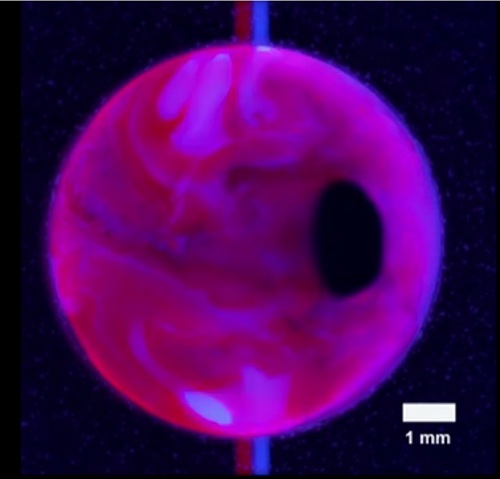Until now, regenerative material has been a thing of futuristic sci-fi movies. Previous applications of the concept were only successful in repairing small, microscopic cracks. According to an article released in Science Magazine, researchers at the University of Illinois have taken this concept to the next level by developing a self-restoring plastic material that is capable of filling in large cracks and holes.
Imagine having a scratch on the bumper of your car be completely regenerated over the span of a couple of hours. This could also apply to areas in which repair is difficult, such as in space. We at Newegg have our own ideas for applications of this material—when I floated the concept over to Ivan, he immediately exclaimed that it would be perfect for cell phones.
The concept behind this regenerative material was inspired by “repair-by-regrowth” in some living systems. Think about when you get a cut—your blood coagulates in open air, transforming the blood from a liquid into a gel. The idea is similar with the new regenerative material. A pair of capillaries carrying two different liquid chemicals delivers the chemicals into damaged areas. These chemicals react in air to form a gel. Over time, the gel hardens into a hard polymer, restoring the plastic’s mechanical strength.
According to study leader Scott White, “the reactive liquids we use form a gel fairly quickly, so that as it’s released it starts to harden immediately. If it didn’t, the liquids would just pour out of the damaged area and you’d essentially bleed out. Because it forms a gel, it supports and retains the fluids. Since it’s not a structural material yet, we can continue the regrowth process by pumping more fluid into the hole.”
While this is still in the developmental phase, the researchers envision a world in which materials come pre-filled with the chemicals, and can regenerate automatically. What applications could you see this technology being used for?






